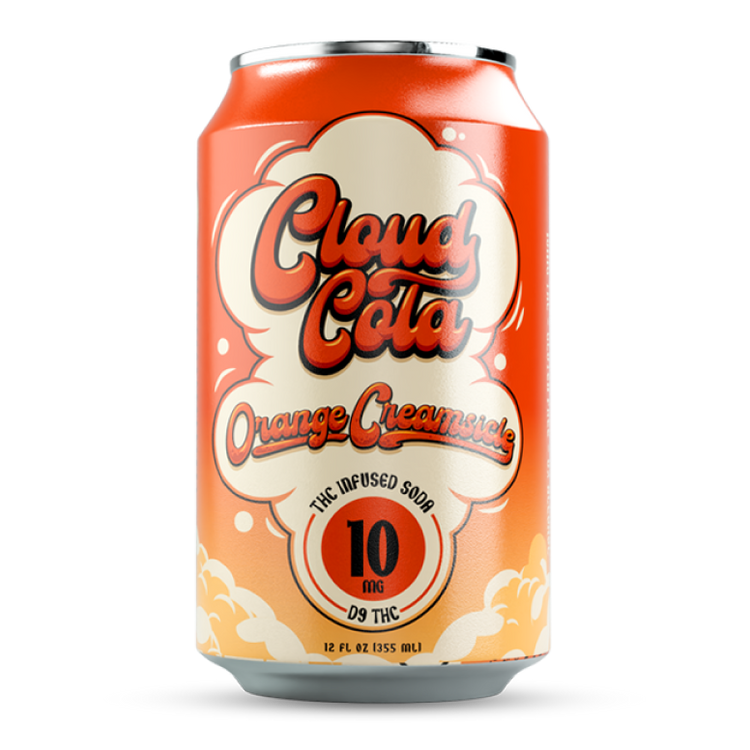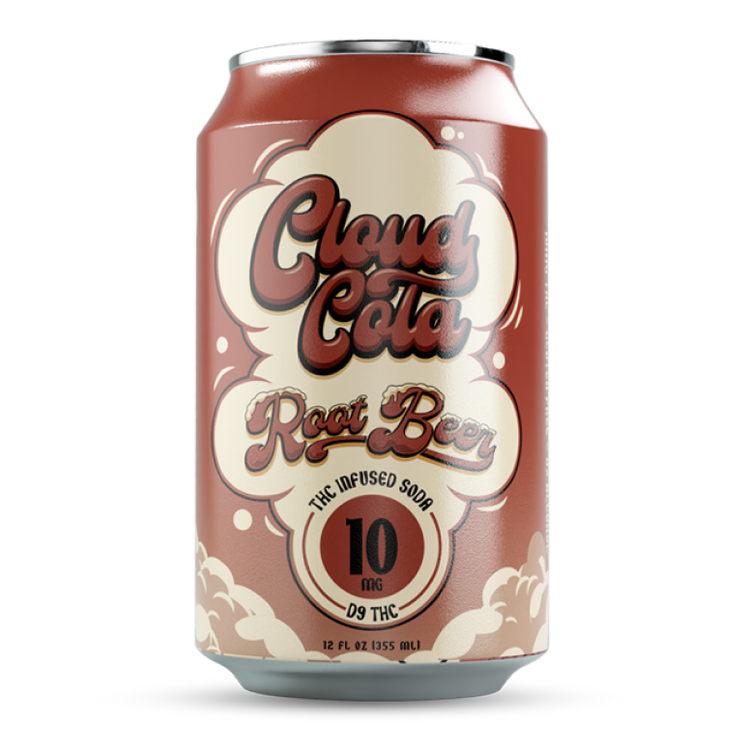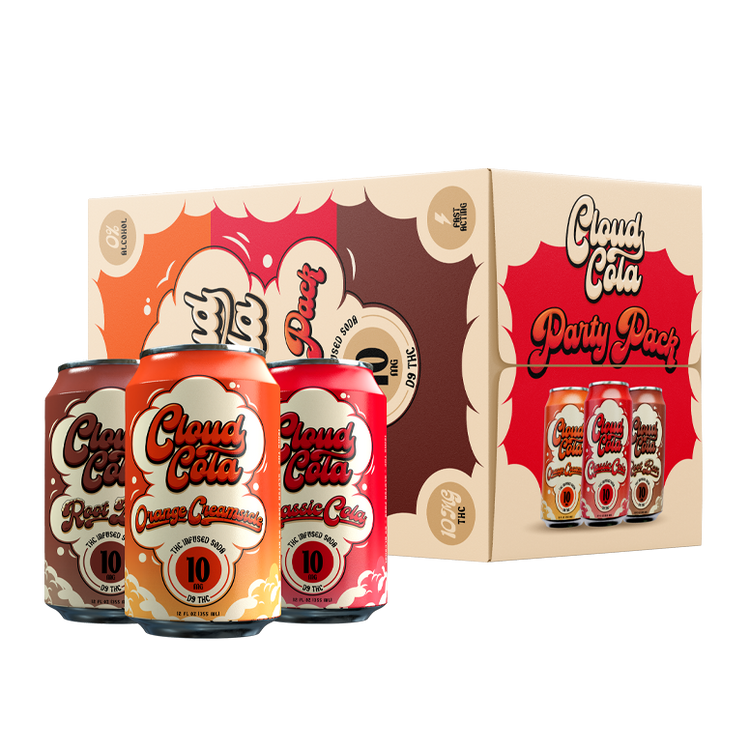THC Dosage and Absorption
Understanding how much THC you consume and how quickly it enters your system is crucial for a safe and enjoyable experience. THC, the psychoactive compound in cannabis, comes in many forms, each with unique absorption rates. This leads to varying durations of effects.
Let me know if you need more help!
Types of THC
THC dosage is measured in milligrams (mg) and the amount that produces an effect varies greatly between individuals due to factors like body weight, metabolism, and tolerance. Absorption rate also plays a significant role. Consuming THC through edibles like chocolate takes longer to be absorbed than smoking or vaping, as it must first pass through the digestive system. This delayed absorption leads to a more gradual onset of effects that typically last longer.
There are different types of THC, with delta-9-tetrahydrocannabinol (Δ⁹-THC) being the most prevalent and known for its psychoactive effects. Delta-8-tetrahydrocannabinol (Δ⁸-THC), a less potent isomer, is also gaining popularity. It’s important to note that THC metabolites, like 11-hydroxy-THC, can also contribute to prolonged effects.
When comparing THC soda and chocolate, both are edibles and will be absorbed through the digestive system. However, factors like fat content in the chocolate might influence absorption rate slightly. Generally, THC from edibles takes about 30 minutes to an hour to kick in and can last for several hours.
Absorption Rates: Oral vs. Sublingual
Understanding how much THC you consume and how quickly it enters your system is crucial for a safe and enjoyable experience. THC, the psychoactive compound in cannabis, comes in many forms, each with unique absorption rates. This leads to varying durations of effects.
THC dosage is measured in milligrams (mg) and the amount that produces an effect varies greatly between individuals due to factors like body weight, metabolism, and tolerance. Absorption rate also plays a significant role. Consuming THC through edibles like chocolate takes longer to be absorbed than smoking or vaping, as it must first pass through the digestive system. This delayed absorption leads to a more gradual onset of effects that typically last longer.
There are different types of THC, with delta-9-tetrahydrocannabinol (Δ⁹-THC) being the most prevalent and known for its psychoactive effects. Delta-8-tetrahydrocannabinol (Δ⁸-THC), a less potent isomer, is also gaining popularity. It’s important to note that THC metabolites, like 11-hydroxy-THC, can also contribute to prolonged effects.
When comparing THC soda and chocolate, both are edibles and will be absorbed through the digestive system. However, factors like fat content in the chocolate might influence absorption rate slightly. Generally, THC from edibles takes about 30 minutes to an hour to kick in and can last for several hours.
- Oral ingestion involves swallowing THC, leading to a longer time for absorption through the gut wall into the bloodstream.
- Sublingual administration involves placing THC under the tongue, allowing it to be absorbed directly into the bloodstream via the mucous membranes, resulting in faster onset of effects but shorter duration.
Effect Duration: How Long Does It Last?
Understanding how much THC you consume and how quickly it enters your system is crucial for a safe and enjoyable experience. THC, the psychoactive compound in cannabis, comes in many forms, each with unique absorption rates. This leads to varying durations of effects.
THC dosage is measured in milligrams (mg) and the amount that produces an effect varies greatly between individuals due to factors like body weight, metabolism, and tolerance. Absorption rate also plays a significant role. Consuming THC through edibles like chocolate takes longer to be absorbed than smoking or vaping, as it must first pass through the digestive system. This delayed absorption leads to a more gradual onset of effects that typically last longer.
There are different types of THC, with delta-9-tetrahydrocannabinol (Δ⁹-THC) being the most prevalent and known for its psychoactive effects. Delta-8-tetrahydrocannabinol (Δ⁸-THC), a less potent isomer, is also gaining popularity. It’s important to note that THC metabolites, like 11-hydroxy-THC, can also contribute to prolonged effects.
When comparing THC soda and chocolate, both are edibles and will be absorbed through the digestive system. However, factors like fat content in the chocolate might influence absorption rate slightly. Generally, THC from edibles takes about 30 minutes to an hour to kick in and can last for several hours.
Factors Influencing THC Effects

The duration of THC effects depends on various factors, including consumption method, individual metabolism, and dosage.
Individual Metabolism
Individual metabolism plays a crucial role in determining how quickly and intensely someone experiences the effects of THC. People metabolize substances at different rates due to genetic variations, body mass, liver function, and other factors.
For instance, someone with a faster metabolism might process THC more rapidly, leading to shorter-lasting but potentially more intense effects. Conversely, individuals with slower metabolisms may experience prolonged effects as THC takes longer to break down in their systems.
Dosage Strength
Understanding how much THC you consume and how quickly it enters your system is crucial for a safe and enjoyable experience. THC, the psychoactive compound in cannabis, comes in many forms, each with unique absorption rates. This leads to varying durations of effects.
THC dosage is measured in milligrams (mg) and the amount that produces an effect varies greatly between individuals due to factors like body weight, metabolism, and tolerance. Absorption rate also plays a significant role. Consuming THC through edibles like chocolate takes longer to be absorbed than smoking or vaping, as it must first pass through the digestive system. This delayed absorption leads to a more gradual onset of effects that typically last longer.
There are different types of THC, with delta-9-tetrahydrocannabinol (Δ⁹-THC) being the most prevalent and known for its psychoactive effects. Delta-8-tetrahydrocannabinol (Δ⁸-THC), a less potent isomer, is also gaining popularity. It’s important to note that THC metabolites, like 11-hydroxy-THC, can also contribute to prolonged effects.
When comparing THC soda and chocolate, both are edibles and will be absorbed through the digestive system. However, factors like fat content in the chocolate might influence absorption rate slightly. Generally, THC from edibles takes about 30 minutes to an hour to kick in and can last for several hours.
- Dosage: The amount of THC consumed directly influences the intensity and duration of effects. Higher doses generally lead to more pronounced and longer-lasting effects.
- Method of Consumption: THC absorbed through inhalation (smoking or vaping) enters the bloodstream quickly, leading to faster onset but shorter duration of effects compared to edibles like chocolate or soda.
- Individual Metabolism: People metabolize substances at different rates due to genetic variations, body mass, liver function, and other factors. This can significantly influence the speed and intensity of THC’s effects.
Tolerance Level
Understanding how much THC you consume and how quickly it enters your system is crucial for a safe and enjoyable experience. THC, the psychoactive compound in cannabis, comes in many forms, each with unique absorption rates. This leads to varying durations of effects.

THC dosage is measured in milligrams (mg) and the amount that produces an effect varies greatly between individuals due to factors like body weight, metabolism, and tolerance. Absorption rate also plays a significant role. Consuming THC through edibles like chocolate takes longer to be absorbed than smoking or vaping, as it must first pass through the digestive system. This delayed absorption leads to a more gradual onset of effects that typically last longer.
There are different types of THC, with delta-9-tetrahydrocannabinol (Δ⁹-THC) being the most prevalent and known for its psychoactive effects. Delta-8-tetrahydrocannabinol (Δ⁸-THC), a less potent isomer, is also gaining popularity. It’s important to note that THC metabolites, like 11-hydroxy-THC, can also contribute to prolonged effects.
When comparing THC soda and chocolate, both are edibles and will be absorbed through the digestive system. However, factors like fat content in the chocolate might influence absorption rate slightly. Generally, THC from edibles takes about 30 minutes to an hour to kick in and can last for several hours.
- Individual Metabolism: People metabolize substances at different rates due to genetic variations, body mass, liver function, and other factors. This can significantly influence the speed and intensity of THC’s effects.
THC Soda: The Fizz Factor
The cannabis market is booming with a variety of products catering to diverse preferences. Among these are edibles, which have gained immense popularity for their discreetness and long-lasting effects. When it comes to THC edibles, two contenders often emerge: THC soda and THC chocolate. Both offer unique experiences, but understanding how they differ in terms of absorption rates and duration is crucial for consumers looking for a tailored high.
Rapid Absorption and Onset
THC soda and chocolate are both edibles, meaning they undergo digestion before THC enters the bloodstream. However, the rate at which this happens can vary.
Factors like fat content in the chocolate and individual metabolism play a role. Generally, edibles take about 30 minutes to an hour to kick in, with effects lasting several hours. This “fizz factor” in soda might lead to slightly faster absorption compared to chocolate due to its liquid form, but the difference is likely minimal.
Carbonation’s Effect on Duration
The “fizz factor” in THC sodas might lead to slightly faster absorption compared to chocolate, as liquids are generally absorbed more quickly than solid foods. However, the difference in onset time between these two edibles is likely to be minimal and
the duration of effects will largely overlap.
Potential for Short-Lived High
THC soda and THC chocolate both provide a unique edible experience. While both are digested before entering the bloodstream, the “fizz factor” of the soda may lead to slightly faster absorption compared to solid chocolate. However, this difference is likely minimal. In general, expect edibles like THC soda and chocolate to take about 30 minutes to an hour to kick in, with effects lasting for several hours.
THC Chocolate: The Meltdown
The world of cannabis edibles offers a diverse range of options for consumers seeking unique experiences. Among the most popular are THC-infused sodas and chocolates, both providing distinct ways to enjoy the psychoactive effects of THC. But when it comes to determining which lasts longer, understanding their absorption rates and individual factors is key.
Slower Absorption Through Digestion
THC chocolate generally has a slower absorption rate compared to THC soda. This is due to the digestive process involved with solid edibles like chocolate. The fat content in chocolate can further influence absorption. While both are absorbed through the digestive system, liquids tend to be processed more quickly.
Fat Content Impacting Bioavailability
When comparing THC soda and THC chocolate, both are edibles and will be absorbed through the digestive system. However, factors like fat content in the chocolate might influence absorption rate slightly. Generally, THC from edibles takes about 30 minutes to an hour to kick in and can last for several hours.
The fat content in chocolate can actually slow down the absorption of THC. THC is fat-soluble, meaning it dissolves better in fats. When consumed with a higher fat meal, THC binds to those fats in your digestive system, delaying its absorption into your bloodstream.
Longer-Lasting Effects
THC chocolate typically produces longer-lasting effects than THC soda. This is primarily because chocolate contains fat, which slows down the absorption of THC in the digestive system.
When THC is consumed with fats, it binds to those fats, creating a slower release into the bloodstream. This delayed absorption results in a more gradual onset and a longer duration of effects compared to THC soda, which is absorbed more quickly.
Comparing the Two
THC soda and chocolate are popular edible options for cannabis consumers, but their durations of effect can differ. Understanding these differences can help individuals choose the best product for their desired experience.

Time to Onset and Peak Intensity
The time it takes for THC to take effect and its peak intensity depend on several factors. Generally, consuming THC through edibles like chocolate leads to a slower onset but longer duration compared to smoking or vaping, which offer faster but shorter effects.
When comparing THC soda and chocolate specifically, both are edibles so absorption happens through the digestive system. However, chocolate’s fat content can slightly slow down THC absorption, potentially leading to a more gradual onset but a longer-lasting high compared to THC soda.
Overall Duration of Effects
THC soda and chocolate both provide a unique edible experience with varying durations of effects.
THC soda is generally absorbed faster due to its liquid form. However, the difference in onset time compared to chocolate is likely minimal.
Chocolate’s fat content can slow down THC absorption, potentially resulting in a more gradual onset but a longer-lasting high compared to THC soda.
Overall, both edibles can provide several hours of effects, with chocolate potentially lasting slightly longer due to its slower absorption rate.
Potential for Overconsumption
THC soda and chocolate are both popular edible options for consuming THC, the psychoactive compound found in cannabis. However, the way they are absorbed by the body leads to differences in how long their effects last.
While both edibles require digestion before THC enters the bloodstream, chocolate’s fat content can significantly influence absorption. THC is fat-soluble, meaning it dissolves better in fats. When consumed with chocolate, THC binds to those fats, slowing down its release into the bloodstream. This results in a more gradual onset of effects but also a potentially longer duration compared to THC soda, which is absorbed more quickly.
It’s important to note that individual metabolism and factors like body weight and tolerance can also play a role in determining how long THC effects last.
The key takeaway is that while both THC soda and chocolate offer enjoyable experiences, understanding their absorption rates helps consumers make informed choices based on their desired duration of effects.
Cloud Cola’s weed soda – crafted for cannabis lovers
- When Can I Use A Straw After Lip Filler Reddit - November 29, 2025
- Why Am I Losing So Much Hair At My Temples? - November 10, 2025
- What Is Sexual Nonconformity And How Does It Challenge Heteronormative Standards? - November 9, 2025